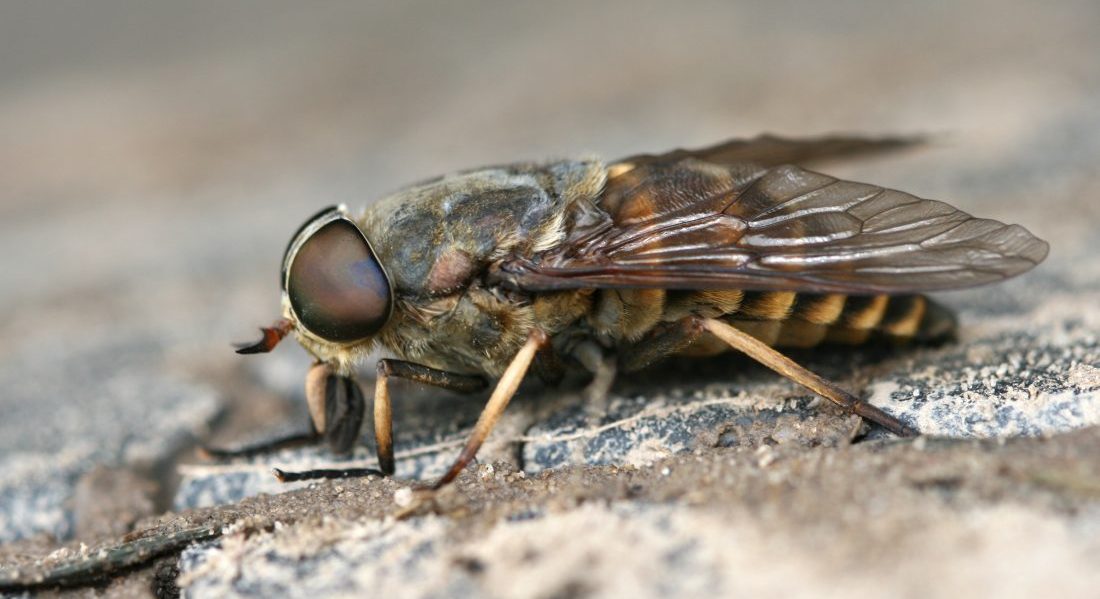
Monkeypox
Never heard of it? Monkeypox is a rare viral illness that occurs mainly in remote Central and West Africa, although in 2003 there were also some cases in the United States. Similar to smallpox although milder, it causes death in 1 out of every 10 people infected and is of particular concern for children. Transmitted primarily through the handling or eating of infected wild animals, it can also be passed on through close contact with an infected person, so people who live in the same house are at greatest risk. Characterised initially by general symptoms including fever, headache and lack of energy, a rash occurs within 1-3 days of fever onset, is often seen on the face, hands and feet and evolves from flat lesions to fluid filled blisters. The disease is self-limiting and may take 3 weeks for all lesions to disappear.
Buruli Ulcers
Caused by the bacteria Mycobacterium ulcerans, Buruli ulcers are usually found in Sub Saharan Africa, although there has recently been an outbreak in Australia (mainly Victoria). The bacteria releases a toxin that slowly liquefies the tissue, turning off the immune system to prevent the body from fighting the infection and resulting in a sore that won’t heal. Initially looking like a hard lump on the skin, there is usually a lot of damage being done below the surface and the resulting lesion is quite unpleasant, although thankfully often not too painful and does resolve with long term antibiotic therapy. Dubbed the ‘flesh eating bug’ by the media, we will leave it up to the brave and curious to search for images online.
BotFly
Found mainly in Central and South America, the botfly lays its eggs on other insects such as mosquitos and ticks. When these insects bite a human, the tiny larvae are transferred and burrow under the skin where they live and grow for the next 6 weeks or so. Leaving a tiny air hole, the botfly larvae site looks like a boil, is usually inflamed and can be painful. The infected person may also feel the larvae moving around and its head is often visible at the lesion site. Sounds gross? There are plenty of YouTube videos of people having botfly larvae removed from under their skin. The larvae are alive and considerably bigger than the tiny hole they are removed from. These videos are not for the faint hearted!